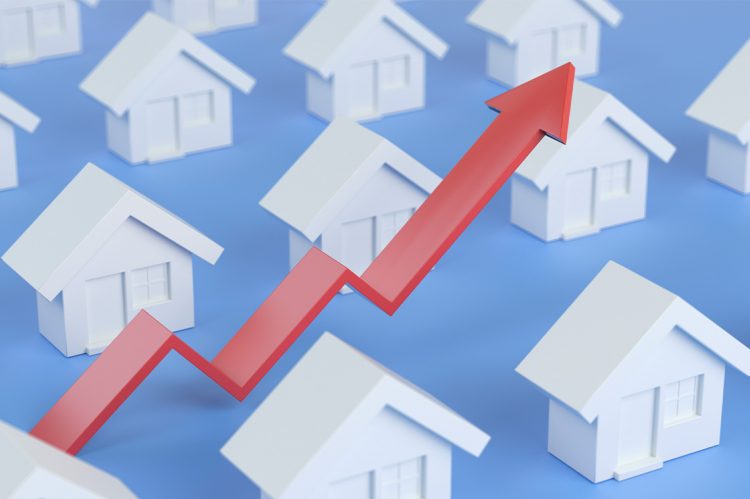Despite significant doom and gloom in other macroeconomic areas, data on housing starts is providing a positive counterpoint, underscoring increased confidence around the near future of housing as buildings and developers push construction of new units to a 13-month high.
A massive 21.7% increase from the previous month put new starts at a seasonally adjusted annualized rate of 1.63 million units in May, with single-family starts rising sharply as well, 18.5% to a 997,000 annualized rate. Apartment buildings were up an even more spectacular 28.1% to a 624,000 rate.
The data follows a steady increase in builder confidence this year, even as RISMedia’s measure of real real estate broker confidence has remained mostly flat. Lower home sales and a pullback in prices in response to higher mortgage rates, along with a potential credit crisis, has left many consumers skittish, and the near future for housing remains uncertain.
But this latest report—which appeared to surprise many analysts—as well as an overall trend upward in starts, permits and new constructions points to better days ahead.
“The May housing-starts data and our latest builder confidence survey both point to a bottom forming for single-family residential construction earlier this year,” said National Association of Homebuilders (NAHB) Chief Economist Robert Dietz in a statement.
Permits also rose a healthy 5.2% from last month, with single-family permits up 4.8%. While permits remain below 2022 levels, housing starts actually rose year-over-year—5.7% overall, though single-family starts are still down from this time last year.
Existing-home sales have remained depressed from pre-pandemic levels through the spring, with many economists citing the pressure of locked-in low mortgage rates keeping homeowners from listing. While new construction is unlikely to alleviate the burden of a longer-term inventory crisis, more new homes could go a long way toward relief in some areas.
NAHB Chair Alicia Huey said this dynamic is fueling more new constructions.
“Despite elevated interest rates that make the cost of housing more expensive, the lack of existing home inventory in most markets is leading to increased demand for new construction,” she said in a statement.
Importantly, the increases were not spread evenly across the country, concentrated heavily in the Midwest and South, with new starts in the Midwest exploding by 66.9% from the previous month (24.2% year-over-year), and the South jumping 20.3% (6.7% from last year).
The West saw a still impressive 16.4% increase, but that was heavily concentrated in multifamily, as single-family starts actually fell 4.1% from last month. Single-family starts in the West were down.
On Twitter, NYU Associate Professor of Finance Arpit Gupta said his “sense” was that the “massive multifamily boom” came from increased multifamily production in Florida, Texas and the Sunbelt. Florida in particular has struggled mightily with inventory, even as mortgage rates have weakened demand.
Dietz was careful to put the report in context, though, pointing out that the homebuilding industry still has a significant hole to climb out of.
“There have been some improvements to the supply chain, although challenges persist for items like electrical transformers and lot availability. However, due to weakness at the start of the year, single-family housing starts are still down 24% on a year-to-date basis,” he said.












